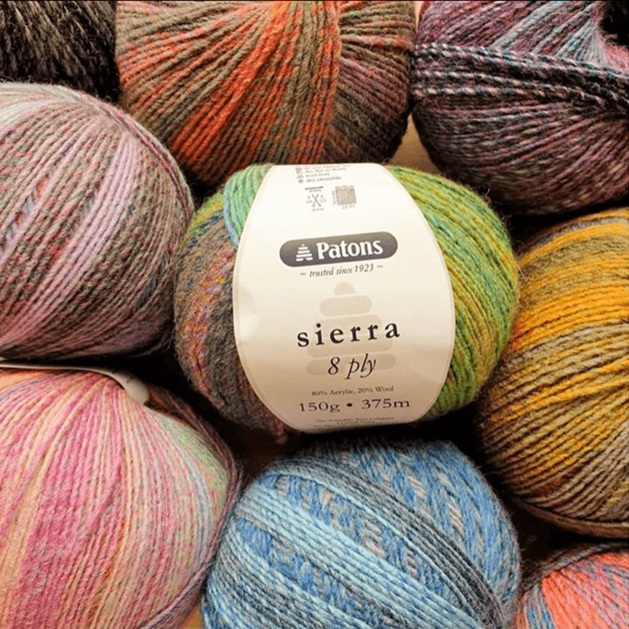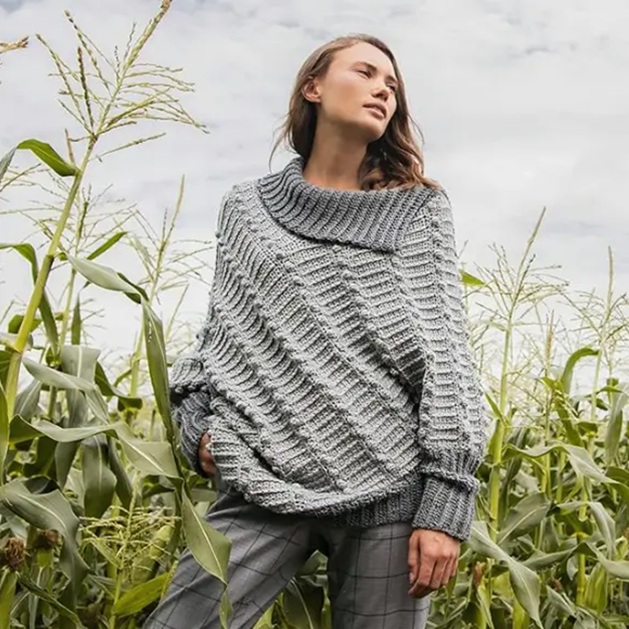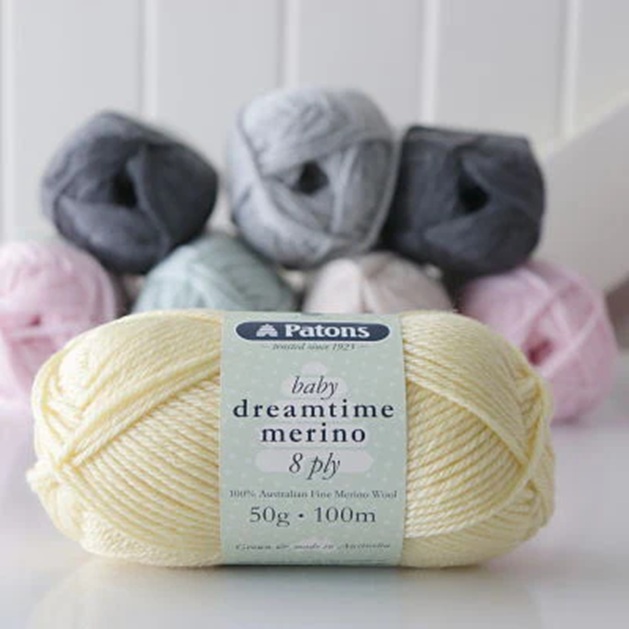There is something timeless about yarns. They slip through your fingers, both soft and strong, connecting you with your ancestors stitch by stitch. This tradition is now getting a modern twist, and knitting is making a comeback as a hobby.
Rooting back to nearly a century ago, Patons has evolved alongside the changing world of knitting and crocheting and is catching up with today’s creative trends. The yarn they offer isn’t only high quality and very versatile but is also functional and stylish. Patons has the perfect fibers for colourful cardigans, chunky scarves, or soft baby blankets for every taste.
Come enter the world of Patons yarns, wherein something so old but well-known may appear so new.
Patons Yarns: Roots and History

Patons & Baldwins’ history dates back to 1920 when the two storied textile houses J. & J. Baldwin and John Paton merged. They formed a powerhouse of hand-knitting yarn and pattern publishing under the “Patons Rose” and “Baldwins Beehive” trademarks. By the 1930s, their popularity increased, making them a well-known name in Scotland, northern England, Canada, New Zealand, and Australia, for a ball of quality wool and innovative synthetic blends.
After World War II, with the intention to concentrate on one great new factory, Patons took a bold step and moved the business to a $10.5 million “factory of the future” in Darlington. The 140-acre site featured glass-roofed sheds nearly a kilometer long, its own sidings and shunting engine, canteens for 2,000 workers, and even spaces for fun activities like sports fields and gardens. Operating with a steady flow line from raw wool offloaded by rail to finished yarn dispatched the same way, it became the world’s largest brand of its kind.
By the 1960s, Patons once again had merged, but this time with J. & P. Coats. Yet through all the change, the brand never lost its soul. Decades later, Patons adapted the changes, and closed its Alloa mill in 1999. Its spirit of crafting and connecting community still threads through every skein.
Today, Patons is proof that fusing traditional elements with modern style can still be treasurable and feel like home. So, whether you’re deciding to give knitting a try or finishing a masterpiece, you’re a part of a story that’s been unfolding for generations.
Different Yarns for Different Projects
By choosing the appropriate Patons yarns, all your handcrafted creations become pieces with delicately selected matching fiber, weight, and texture. Here’s a rundown of the different yarn types and a simple guide to pairing each type with your knitting skill level.
Patons Yarn Types
Patons offers an admirable lineup of yarns for each project and preference. The following yarn types are the essentials every crafter should be familiar with.
- Patons Classic Wool: Ideal for cooler days, classic wool is a pure 100% wool usually used for knit or crochet warm sweaters, hats, and scarves.
- Patons Decor: A sturdy acrylic blend and your go-to yarn for cushions, blankets, baskets, and other home accents.
- Patons Grace: If you’re looking for lightweight cotton yarn with a nice, soft sheen, go for Patons Grace. It’s a breathable, cool yarn, mostly used for hot weather tops and accessories.
- Patons Canadiana: A soft but strong but soft acrylic-wool blend for blankets, cardigans, and throws.
In the beginning, no matter which yarn you go for, you’ll enjoy the process and the product. Each type has its unique texture and performance, making it easy for you to find the best project for it.
Tips for Working with Patons Yarns

Before you begin knitting or crocheting with Paton yarn, a bit of preparation goes a long way. Here are some important tips for the best results while working with Patons yarns:
• Before starting a project, start by checking the content and care instructions printed on the label and you will know exactly what to expect from that batch. Depending on the type, each Patons yarn has a specific set of instructions for washing and care.
• Knit or crochet a gauge for the real project until you get a hang of things to confirm that your tension matches that on the pattern. This way you will avoid size and fitting problems.
• To achieve optimal drape and stitch definition, use the needle or hook size recommended on the skein’s label; adjust up or down, however, if your swatch shows your fabric is too tight or too loose.
• Match your yarns to the weight class of your project: Classic Wool for medium-weight items such as sweaters, hats, and scarves, and lighter or heavier options would be suitable for chunky blankets.
• You will probably need more yarn than you believe. Purchase enough yarn from the same dye lot, but if you end up short and need to blend with another colour, work in a row-to-row manner to help blend the skeins and hide any slight differences in shade.
• There are machine-washable acrylic blends like Patons Canadiana that you can use for clothes and home accessories that require frequent washing and use.
Knitting Techniques for Beginners
As a beginner, you will need a medium-weight patons yarn and size 8 (5 mm) needles, which are easy to handle. You will also need scissors, stitch markers, and a tapestry needle on hand for finishing.
Essential knitting techniques include:
- Slip Knot: This is the adjustable loop you make at the start of every piece to anchor the yarn on your needle.
- Cast On: With this method, you can create your first row of stitches by looping yarn onto the needle to form the foundation of a knitting project.
- Knit Stitch: The needle with stitches goes in your left hand. Put the right needle into the first stitch and wrap the yarn around the right needle. Then you pull the loop through and slide the old stitch off. Repeat across the row.
- Bind Off (Cast Off): When the project is done, to finish, knit two stitches, then lift the first stitch over the second and off the needle. Do this until all stitches are bound off.
Start with simple projects to build confidence. Once you master the beginner phase, try the purl stitch to create new textures. It is very important to not get discouraged by mistakes. Remember: practice is key to improvement!
Key Takeaways

Patons Yarn is a now-established world leader in a wide variety of natural, synthetic, and blended fibers in a rainbow of all shades, weights, and colours. The consistent quality and reliable dye lots, as well as options for easy care empower knitters at all skill levels to create wonderful traditional, yet modern pieces.


